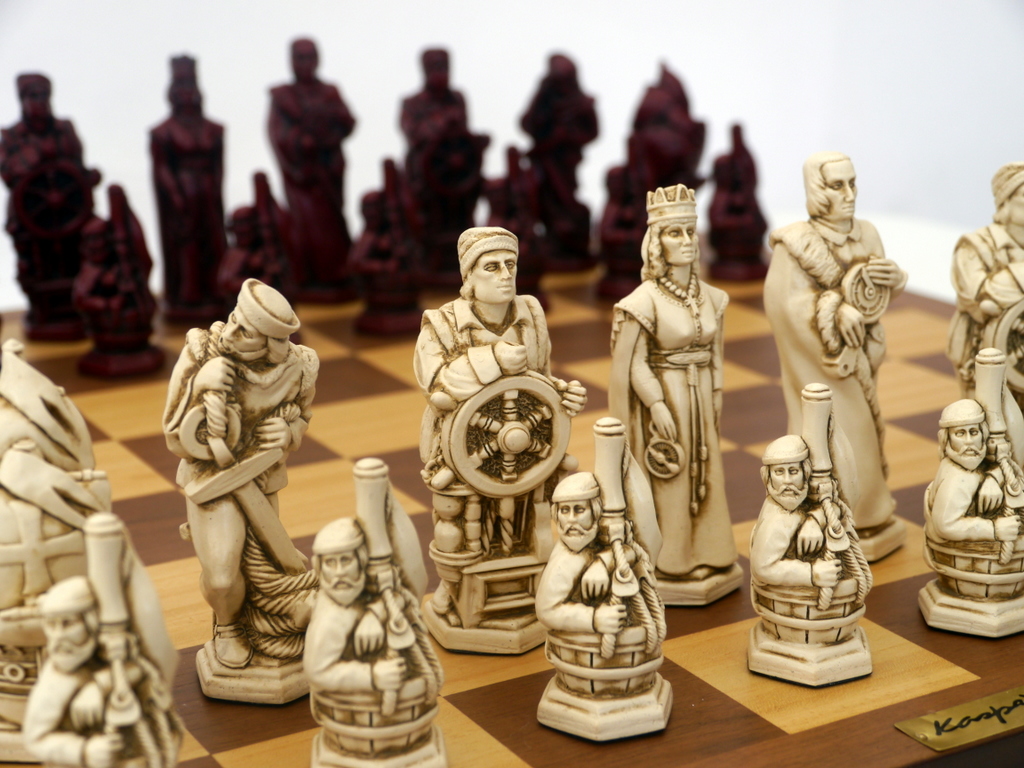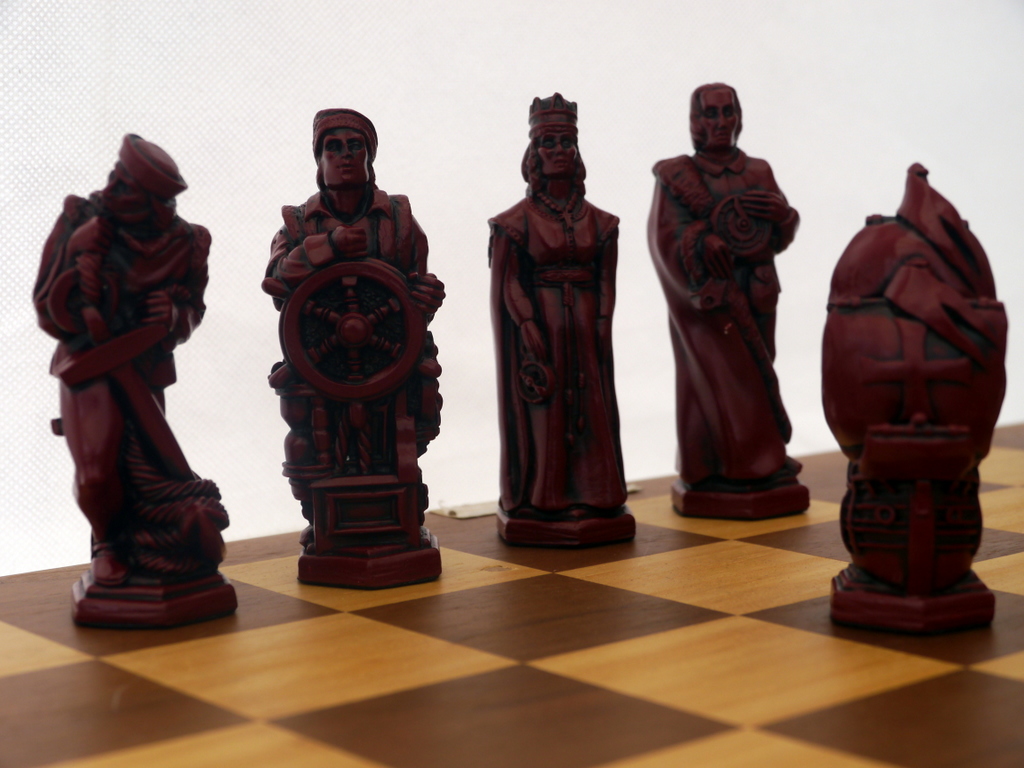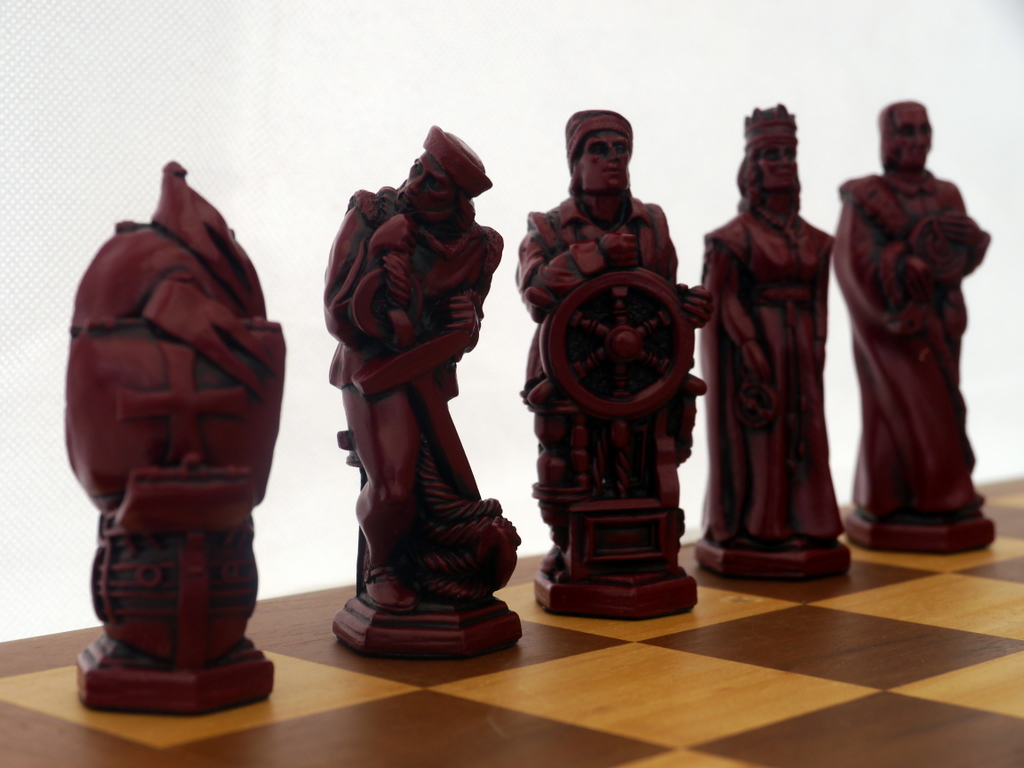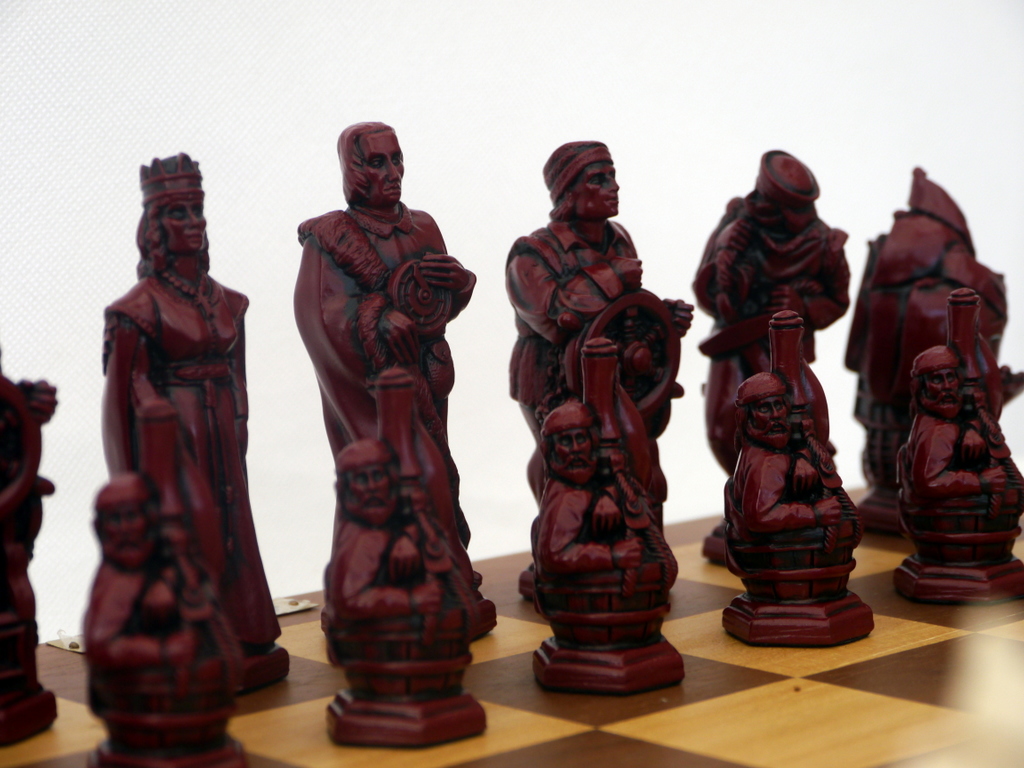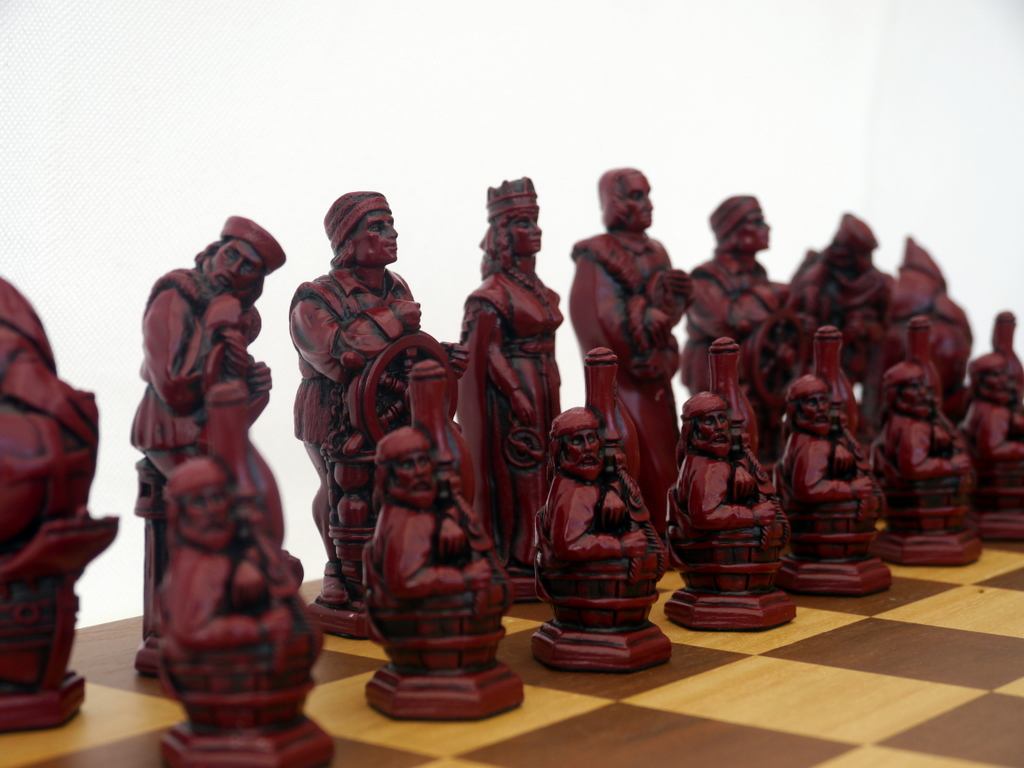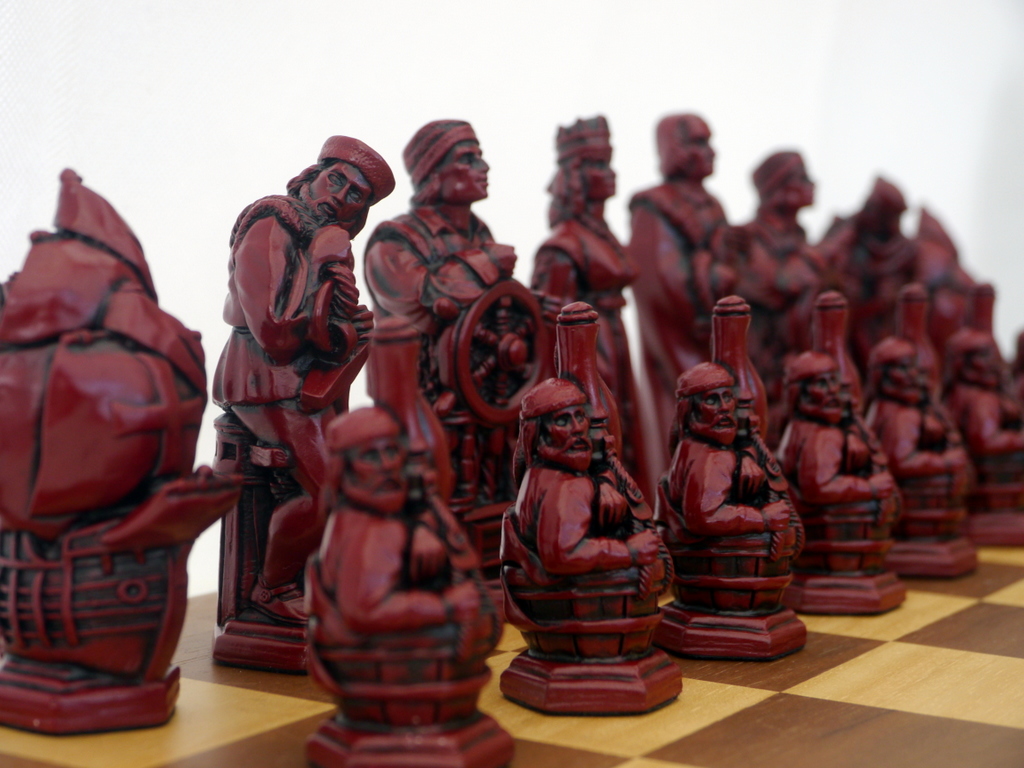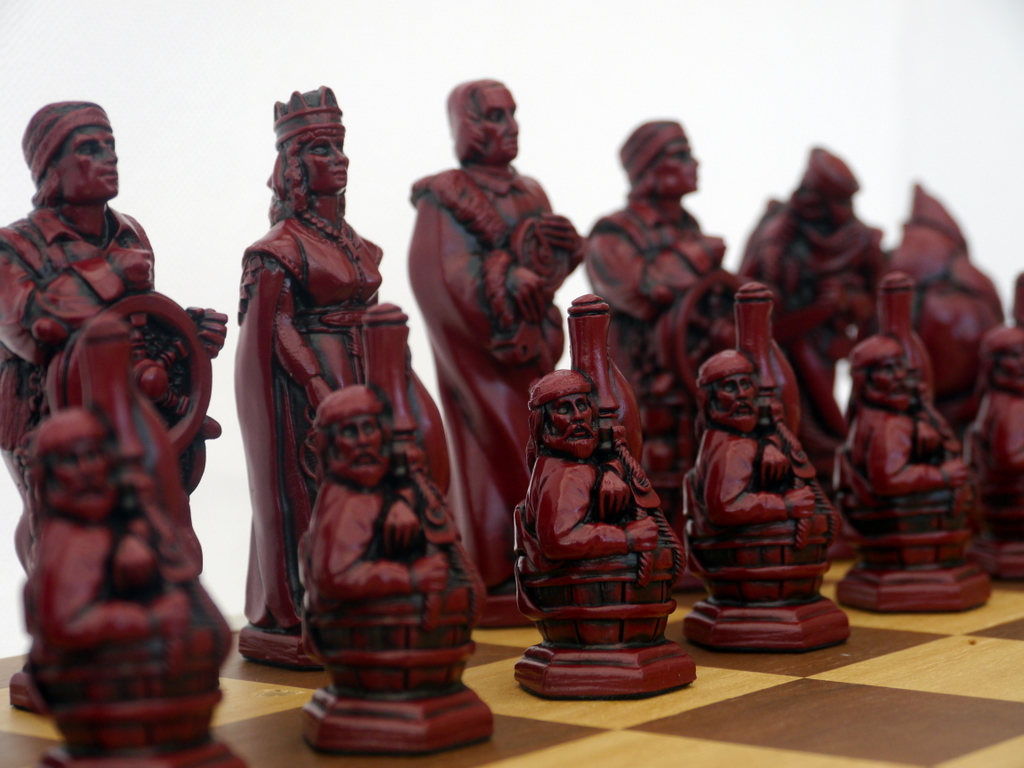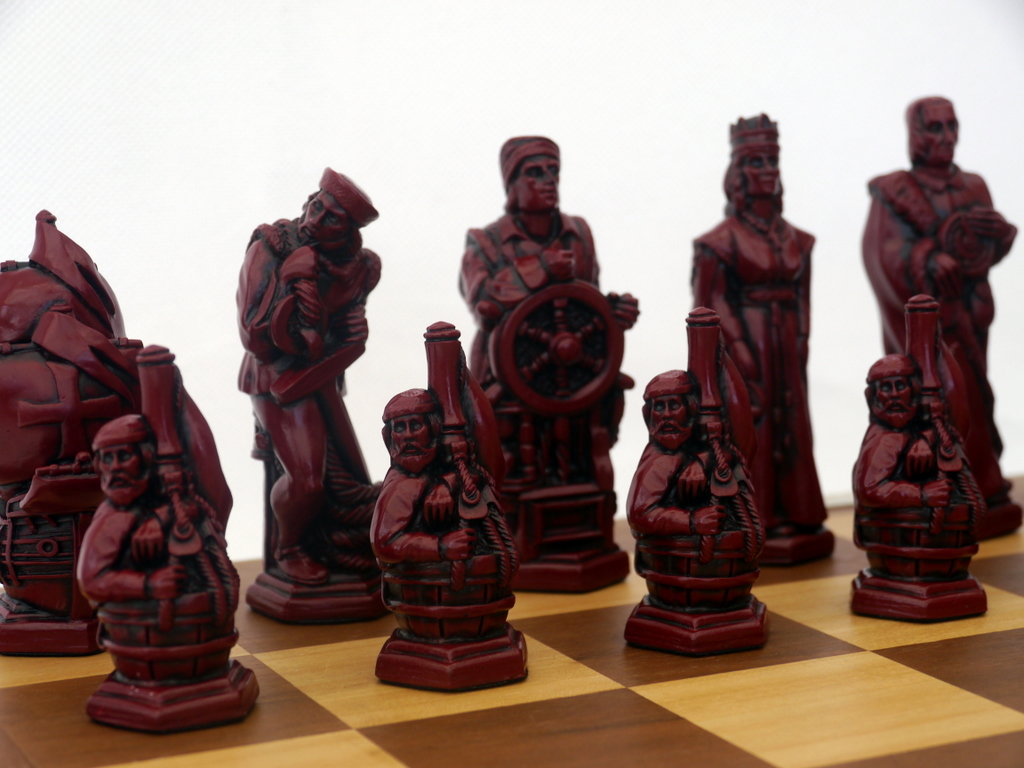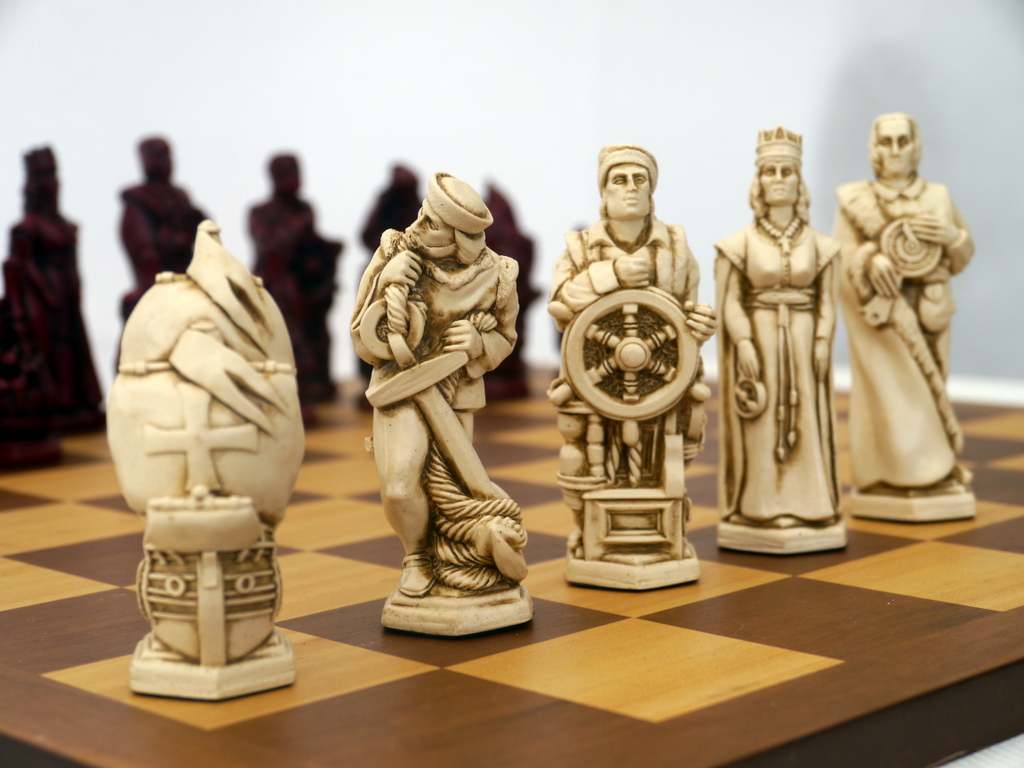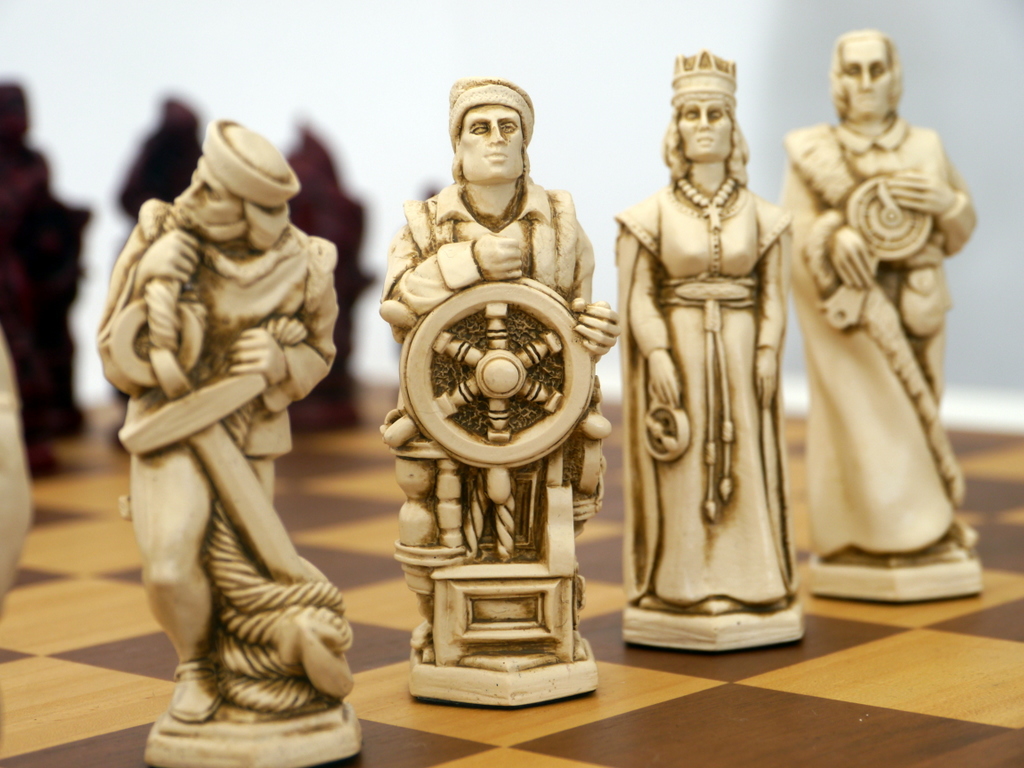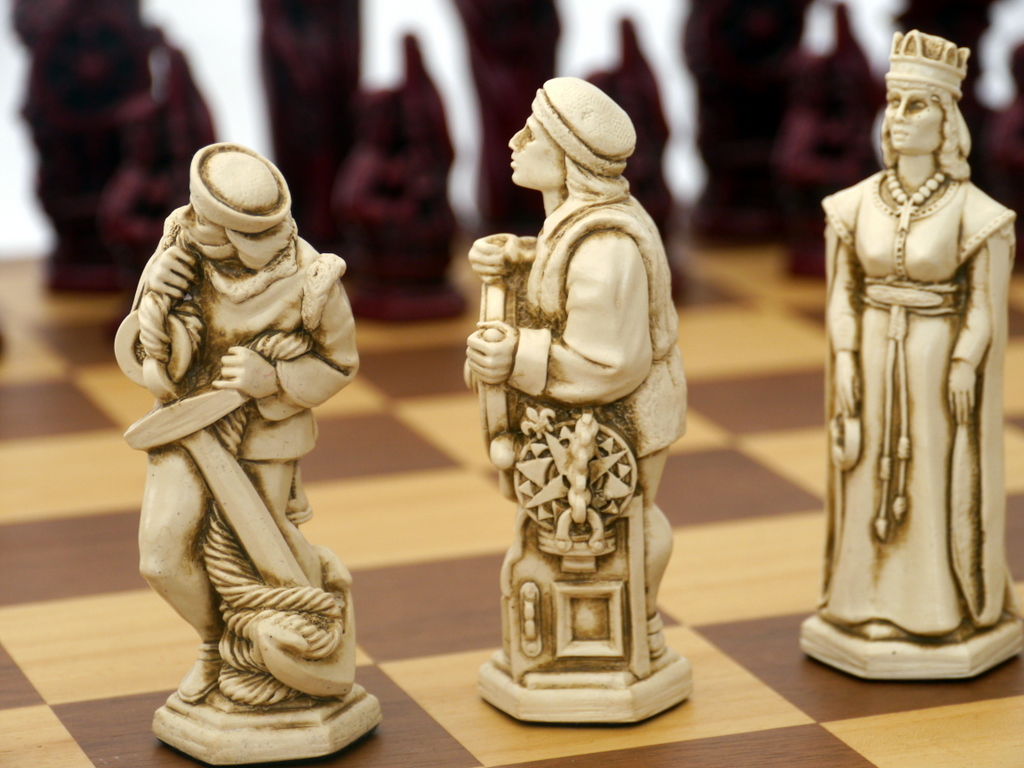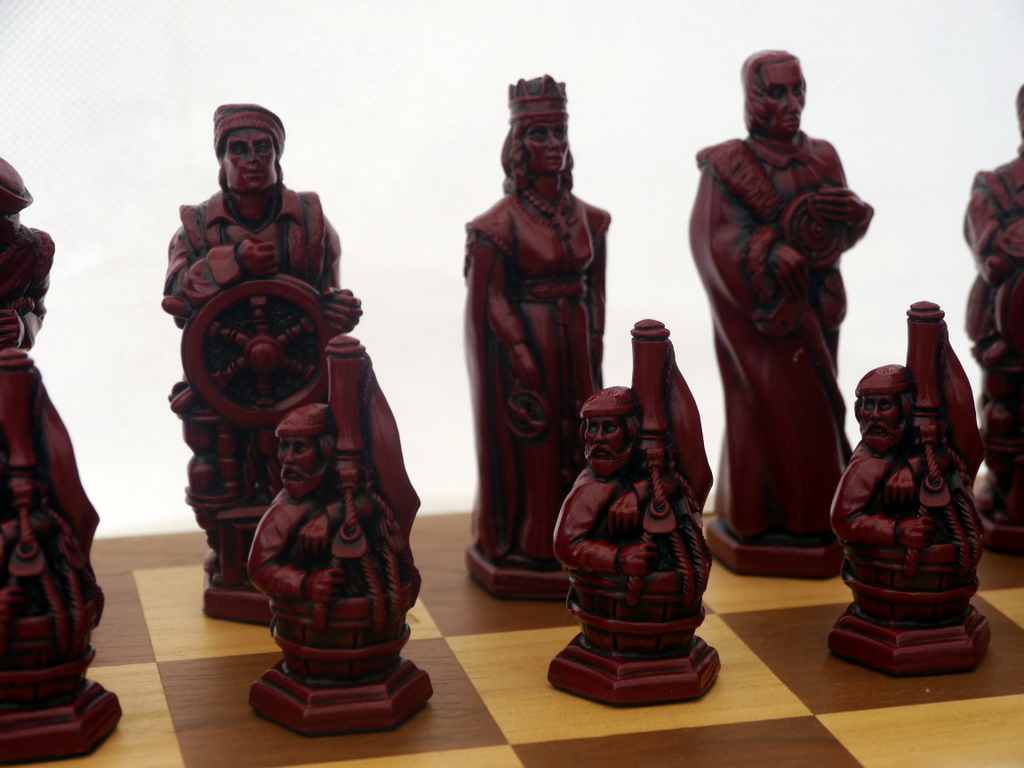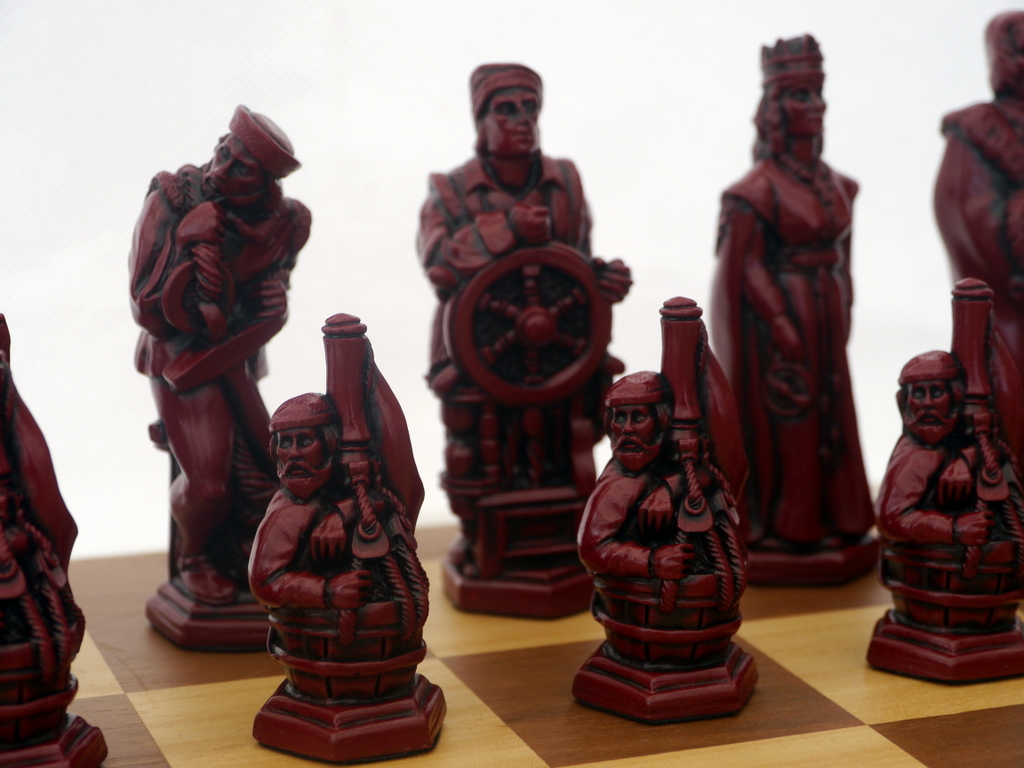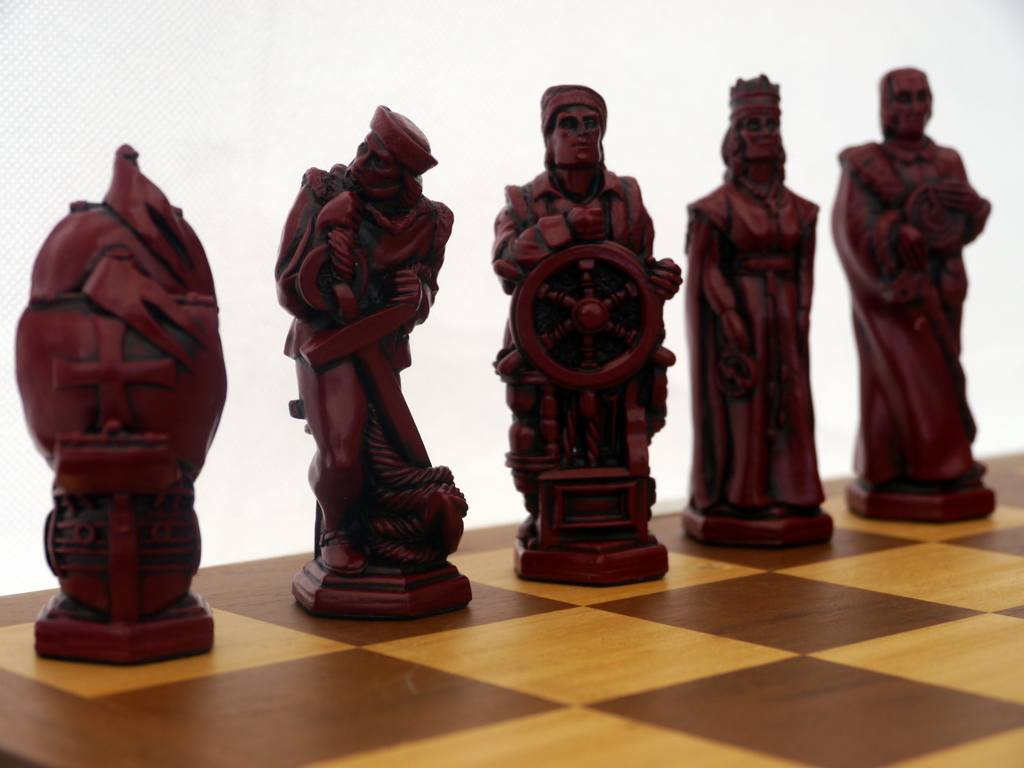BC3017: Christopher Columbus – Red
Christopher Columbus was born in the Republic of Genoa, in what is today Northwestern Italy. His father was a middle-class wool merchant. Columbus learnt to sail from an early age and later worked as a business agent, travelling around Europe to England, Ireland and later along the West coast of Africa. He was not a scholar, but was an enthusiastic self-educated man, who read extensively on astronomy, science and navigation. He also became fluent in Latin, Portuguese and Spanish.
Christopher Columbus was a believer in the spherical nature of the world (some Christians still held the view that the world was flat). An ambitious man, Christopher Columbus hoped to find a Western trade route to the lucrative spice markets in Asia. Rather than sailing East, he hoped that sailing west would lead to countries like Japan and China.
To gain the necessary funding and support for his journeys, he approached the Catholic Monarchs of Spain. As part of his offer, he said that he hoped to be able to spread Christianity to ‘heathen lands’ in the east. The Spanish monarchs agreed to fund Columbus, partly on the missionary efforts, but also hoping to gain an upper hand in the lucrative trade markets.
Voyages to the Americas
Columbus’ first voyage was completed in 1492. He had intended to sail to Japan, but ended up in the Bahamas, which he named San Salvador.
Columbus made a total of four journeys, where he sailed extensively around the Caribbean islands of Cuba, Jamaica, the Bahamas and also to the mainland, to places such as Panama.
Columbus was not the first person to reach America. Previous successful voyages included a Norse expedition led by Leif Ericson. However, Columbus was the first to travel to America and establish permanent settlements. Columbus’ voyages and reports, over the next 400 years encouraged all the major European powers to seek to colonise parts of America.
As part of the deal, the Spanish monarchy appointed Columbus Viceroy and Governor of the Indies in the island of Hispaniola. He also delegated the governorship to his brothers. However, in 1500, on the orders of the Spanish monarchy, Columbus was arrested and placed in chains. There were allegations of incompetence, misrule and barbaric practices in the governorship of the new colonies. After several weeks in jail, Columbus and his brothers were released, but Columbus was not allowed to be governor of Hispaniola anymore.
Towards the end of his life, Columbus became increasingly religious. In particular, he became fascinated with Biblical prophecies and wrote his own ‘Book of Prophecies’ (1505).
Columbus died in 1506, aged 54 from a heart attack related to reactive arthritis. Undoubtedly, the rigours of travelling across the seas weighed upon Columbus’ health. Towards the end of his life, he was frequently in pain from his journeys.
Columbus is venerated by many European Americans as the man who helped put America on the map. Columbus Day is observed on 12 October in Spain and across the Americas. Others take a more critical view of Columbus, arguing that his “discovery” was not really a discovery if the land was already populated and that through his actions the ensuing European colonisations led to the mistreatment and genocide of the native American people who already lived there.
The rich and momentous life of Christopher Columbus has been brought to life in this beautifully detailed chess set. The characters are as follows:
King: Christopher Columbus
Queen: Queen Isabella of Spain – Financial backer of the expeditions
Bishop: Vicente Yanez Pinzon – Captain of the support ship Nina
Knight: Martin Alonzo Pinzon – Captain of the support ship Pinta
Rook: The Santa Maria – The flagship of the expedition
Pawn: Rodrigo Bermajo – Crewman who first sighted land
Metrics: BC3017 Christopher Columbus – Brown. King Height 4.25″ (11cm). King Dia 1.4″ (3.5cm). King Weight 130g (4.6oz)
Download High-Resolution Images of this model

